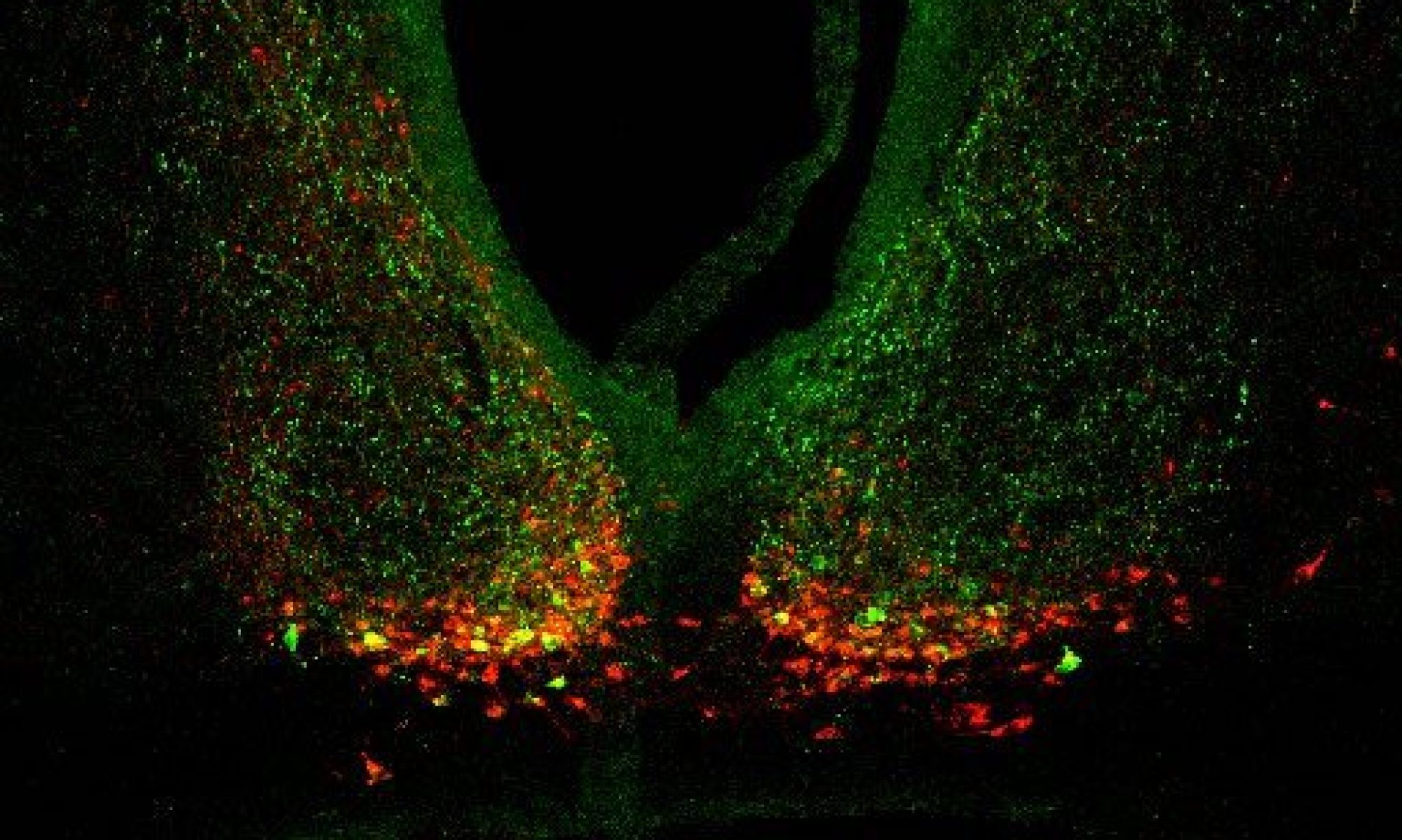Let Me Sleep
by Kaitlyn McGlothlen & Raymond Sanchez
Infographics by Lais Conceicao
We walked into a café, a common setting in what most call the coffee capital of the world. This café has a particularly distinct Pacific Northwest feel to it, sitting tucked away in a charming alleyway with upward of 150 posters scattered on the brick walls. Mike, the third participant in our ongoing study of sleep quality and circadian rhythms in young adults experiencing homelessness, sat with his rainbow glitter nails wrapped around an orange cream soda, which he insisted upon drinking for health reasons. While the rest of Seattle overly consumes coffee, Mike sticks to the sweet stuff.
“Trying to get yourself to do a lot is very difficult when you don’t have enough sleep in your system. Trying to find the motivation to do things is hard,” he says, with a perfectly timed yawn. “And it’s annoying, very annoying, because then I have to use soda to keep myself up. If I don’t have it I just sleep and people are like, ‘wake up’… and then they have to go and get me soda.”
Besides being an avid consumer of sugary drinks, Mike also enjoys free art classes offered at the Roots Shelter, reading Edgar Allen Poe, and petting Samoyed dogs he calls “clouds with faces”. His options for late-night fun, however, are quite limited.
Staying out late is a luxury that individuals experiencing homelessness cannot afford if they want to claim an indoor bed and not risk sleeping on the cold sidewalk. “Most of the stuff that me and friends would like to do we can’t do, because it’s later on at night and unfortunately, Roots has a schedule that cuts that by a lot.”
While more privileged 23 year olds are attending late-night comedy shows and having game nights with friends, individuals who are homeless are left with few options. With a capped number of beds at the shelter it is necessary to get in line early. Not only does this negatively affect social life, but it complicates their job opportunities as well, prohibiting Mike and others needing a shelter bed from working a job that requires them to work past 8 PM. Regardless, staying at Roots he says, “is better than sleeping on concrete.”
Mike hasn’t always been in the situation he’s in now, in line every night at 7:45 to claim a bed of his own. In fact, he previously lived with family and friends, a few states to the East in Wisconsin. He has a rocky relationship with his family, however, who he says taught him to “love incorrectly”. As a result of his experiences, he finds that distancing himself from others is intuitively easier.
This difficult upbringing, coupled with his family’s inability to accept his then-partner and now-fiancé, caused many issues. “After seeing how they treated my other half, I could tell it wasn’t going to work out anymore” said Mike.
Unstable family relationships, along with 4-foot-high snowfalls and bad roommates, triggered the couple’s trek over to Seattle. Mike’s roots are now planted here, with his fiancé and his friends. Building and developing solid relationships with others at the shelter came naturally, even with the amount of insults he hurls their way, another trait he attributes to his family.
“I’m surprised most people can handle the amount of insults I throw at them. I pretty much learned it from my family. Instead of saying ‘hi how are you’, we were like, ‘hi (insert insult here),’ and then, ‘How are you?’”
He especially deals with this crankiness in the mornings, due to a multitude of sleep and health issues.
“It comes naturally for me to insult people, especially right when I wake up. I’m not going to be in the mood to talk to somebody, especially if people are asking how my day is already. I’m like I just woke up, I don’t know.”
Most notably, he struggles with severe sleep apnea. Mike has been hooked up to wires while participating in clinical studies, and connected to breathing machines, all to no avail. The issue that bothers him the most isn’t that he wakes up multiple times a night, but the fact that he’s been told he’s the loudest snorer in the shelter and consequently wakes others up. Sleep apnea woven with insomnia, ADHD, depression, and anxiety, lead to a troubling combination.
“When you have ADHD jumping on top of insomnia, it’s like hey let’s have fun together, cuz then you’re like filled with energy but you can’t sleep, but you’re also tired at the same time… like let me sleep, I want to sleep, let me sleep.”
Sleep troubles heightened by psychological problems are one of the many issues that individuals suffering from homelessness deal with. Their futures can be intimidating, especially when facing the unknown. Something that makes this existence even scarier, is the dreaded reality of “aging out” of the shelter, that is, inevitably passing the age limit and being forced to look for new accommodations. This reality is further complicated by rapid redevelopment of the Seattle area increasingly leading to the relocation or closure of local youth homeless shelters.
“After you pass that age limit you are pretty much on your own.” Mike thinks that having more shelters that leave the option open to stay longer is a good idea, especially since “not everybody is going to be prepared and some issues might come up that suddenly stop everything.”
As for Mike’s plans for the future, they are also a little hazy.
“I honestly don’t know my plans for the future, I am unsure about a lot of things at the moment,” he said with a nervous chuckle. All he knows is that he has two years to figure it out, before he is forced to leave the shelter and find new accommodations… again.
